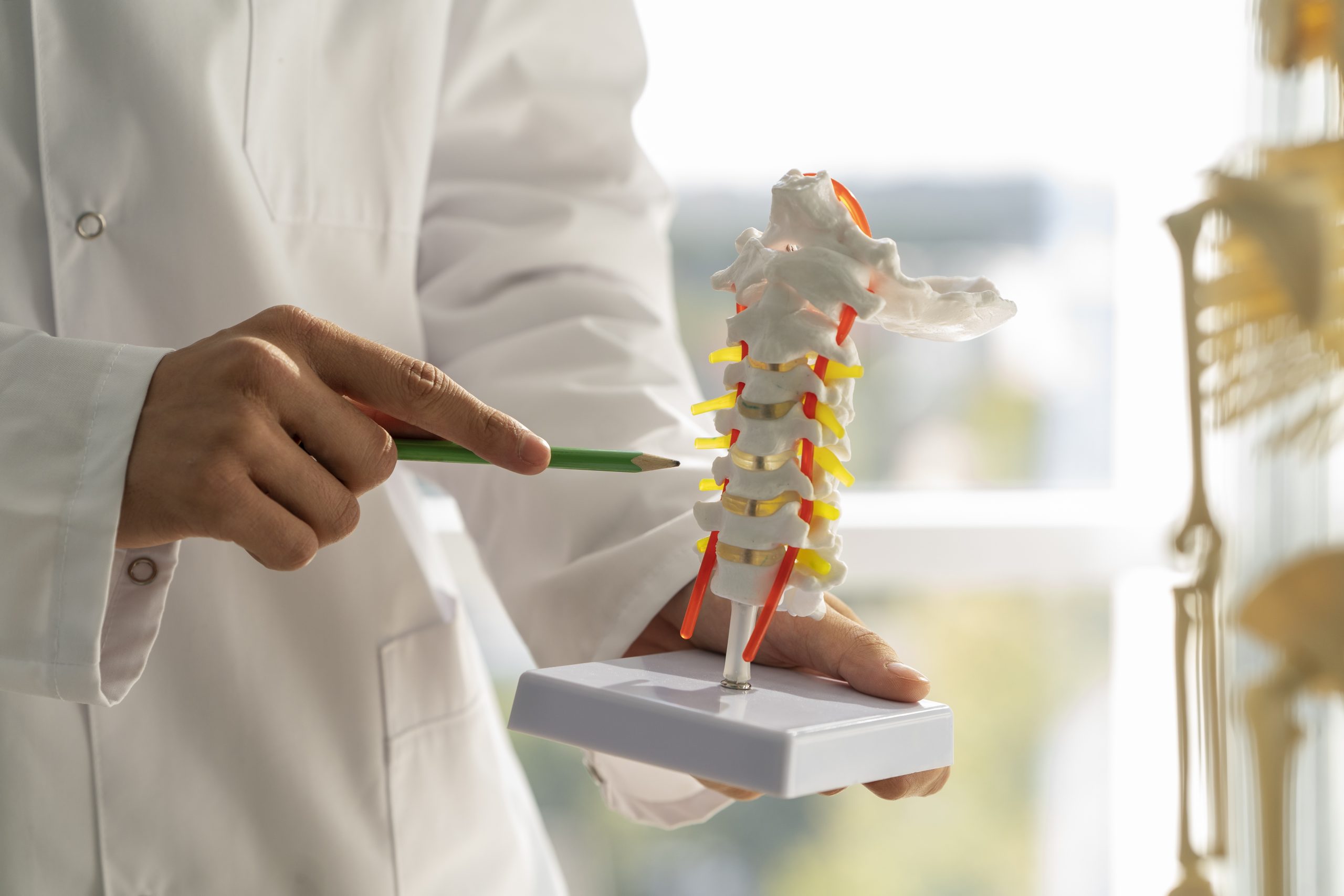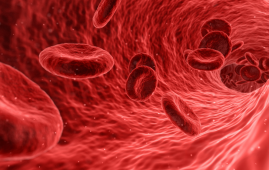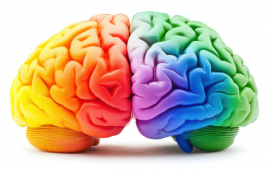

It is the leading cause of disability in the world and the third most expensive health issue, but there is still no treatment for lower back pain that goes beyond alleviating symptoms, with all of the drawbacks that pain medication and surgical treatments imply.
Degeneration of the intervertebral disc—the cushion of cartilage between the vertebrae—is a common cause of lower back discomfort and is caused by aging, structural flaws, and injury.
There has been no significant progress in efforts to reverse intervertebral disc degeneration or engineer replacement tissue, but biomedical engineers at the University of Technology Sydney (UTS) have unveiled an intervertebral disc-on-a-chip, a “precision engineered toolbox for low back pain studies.”
“In a situation where no solution to root causes has been forthcoming and 60 percent of surgery for back issues has to be revised, researchers have long needed a platform to accurately simulate both healthy and diseased intervertebral discs,” said Chancellor’s Research Fellow Dr. Javad Tavakoli.
We are the first in the world to develop a physiologically and clinically relevant in vitro model to provide an accurate, controlled environment for lower back pain research,” said Dr. Tavakoli, who with UTS Professor of Biomedical Engineering Joanne Tipper has developed the disc-on-a-chip, in collaboration with clinicians and cell specialists.
“The composition and structure of the human intervertebral disc is remarkably complex,” Professor Tipper said. “At its core is a gel-like nucleus surrounded by concentric layers of collagen fibers forming three regions that together support both the spine’s flexibility and its load-bearing strength.”
“This complexity has been a barrier to developing an in vitro intervertebral disc model that can replicate the complex mechanobiology of native tissue and effectively evaluate experimental methods for treatment or regeneration.”
“By the same token the use of animal models has not been able to provide physiologically and clinically relevant results owing to the different size, mechanics and biology of the human intervertebral disc.”
The disc-on-a-chip is a high-resolution 3D-printed microfluidic device with three channels that allows for exact modeling of distinct regions inside a natural disc and even customisation of the model.
“The disc-on-a-chip can be used to replicate the degeneration of a healthy disc or alternatively be set up as a degenerated disc to test the efficacy of new pharmaceuticals or cell therapy,” Dr. Tavakoli said.
“Our chip enables performing cost-and time-effective lab experiments with the potential to enhance the physiological relevance of experimental data leading to successful clinical outcomes. It also offers the opportunity to reduce the need for animal use in the lab.”
The discovery has already garnered attention, earning two awards: the AO Spine 2022 Discovery and Innovation Award and the Australian and New Zealand Orthopaedic Research Society’s 2022 David Findlay Early Career Research Award.
The construction of the intervertebral disc-on-a-chip is detailed in a recent publication published in the journal Trends in Biotechnology titled “Intervertebral disc-on-a-chip: a precision engineered toolbox for low back pain studies.
more recommended stories
 Fat-Regulating Enzyme Offers New Target for Obesity
Fat-Regulating Enzyme Offers New Target for ObesityKey Highlights (Quick Summary) Researchers identified.
 Spatial Computing Explains How Brain Organizes Cognition
Spatial Computing Explains How Brain Organizes CognitionKey Takeaways (Quick Summary) MIT researchers.
 Gestational Diabetes Risk Identified by Blood Metabolites
Gestational Diabetes Risk Identified by Blood MetabolitesKey Takeaways (Quick Summary for Clinicians).
 Phage Therapy Study Reveals RNA-Based Infection Control
Phage Therapy Study Reveals RNA-Based Infection ControlKey Takeaways (Quick Summary) Researchers uncovered.
 Pelvic Floor Disorders: Treatable Yet Often Ignored
Pelvic Floor Disorders: Treatable Yet Often IgnoredKey Takeaways (Quick Summary) Pelvic floor.
 Urine-Based microRNA Aging Clock Predicts Biological Age
Urine-Based microRNA Aging Clock Predicts Biological AgeKey Takeaways (Quick Summary) Researchers developed.
 Circadian Control of Neutrophils in Myocardial Infarction
Circadian Control of Neutrophils in Myocardial InfarctionKey Takeaways for HCPs Neutrophil activity.
 E-Cigarette Use and Heart Attack Risk in Former Smokers
E-Cigarette Use and Heart Attack Risk in Former SmokersKey Takeaways for Clinicians and Nurses.
 36-Week Pre-eclampsia Screening May Reduce Term Risk
36-Week Pre-eclampsia Screening May Reduce Term RiskA New Preventive Strategy for Term.
 Cardiovascular Risk and Sudden Cardiac Death in Diabetes
Cardiovascular Risk and Sudden Cardiac Death in DiabetesRising Sudden Cardiac Death (SCD) Risk.

Leave a Comment